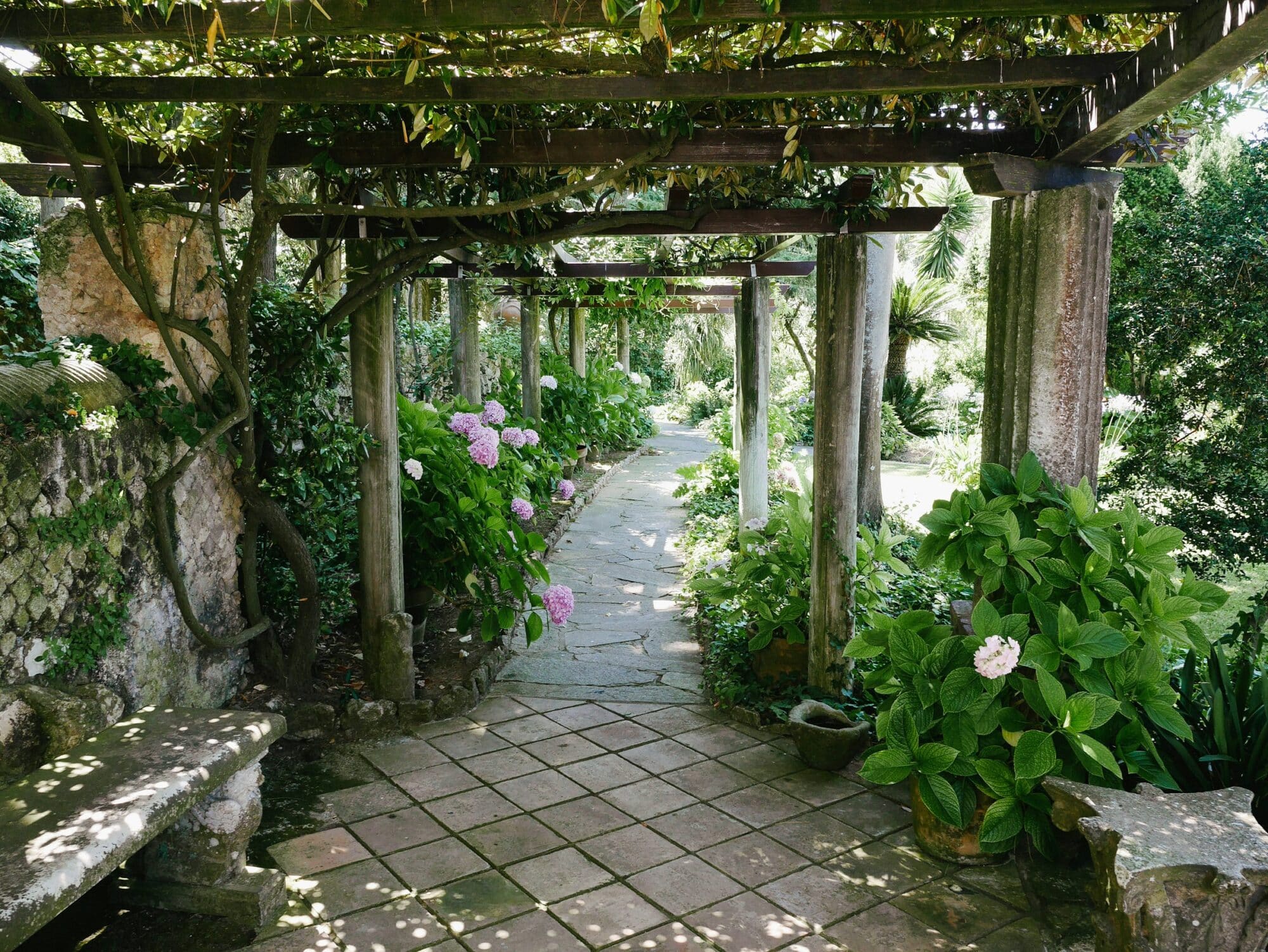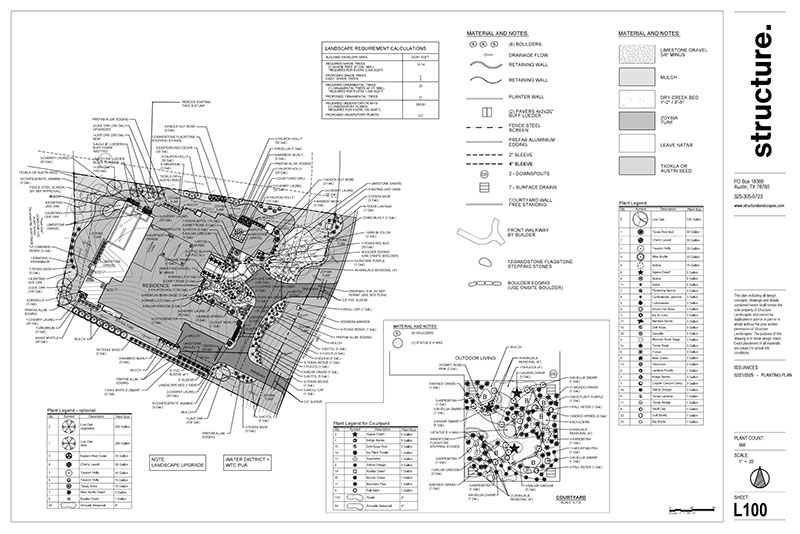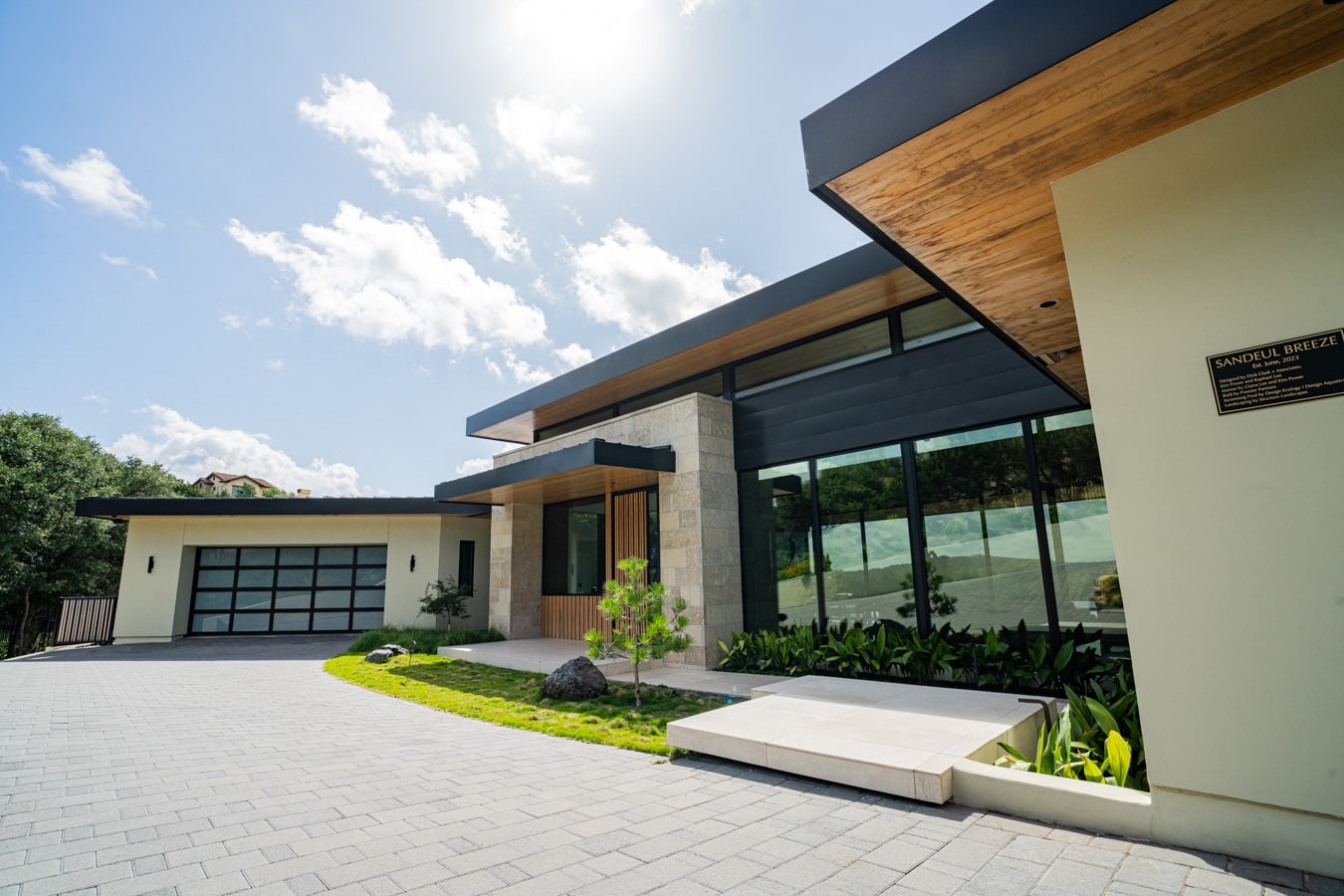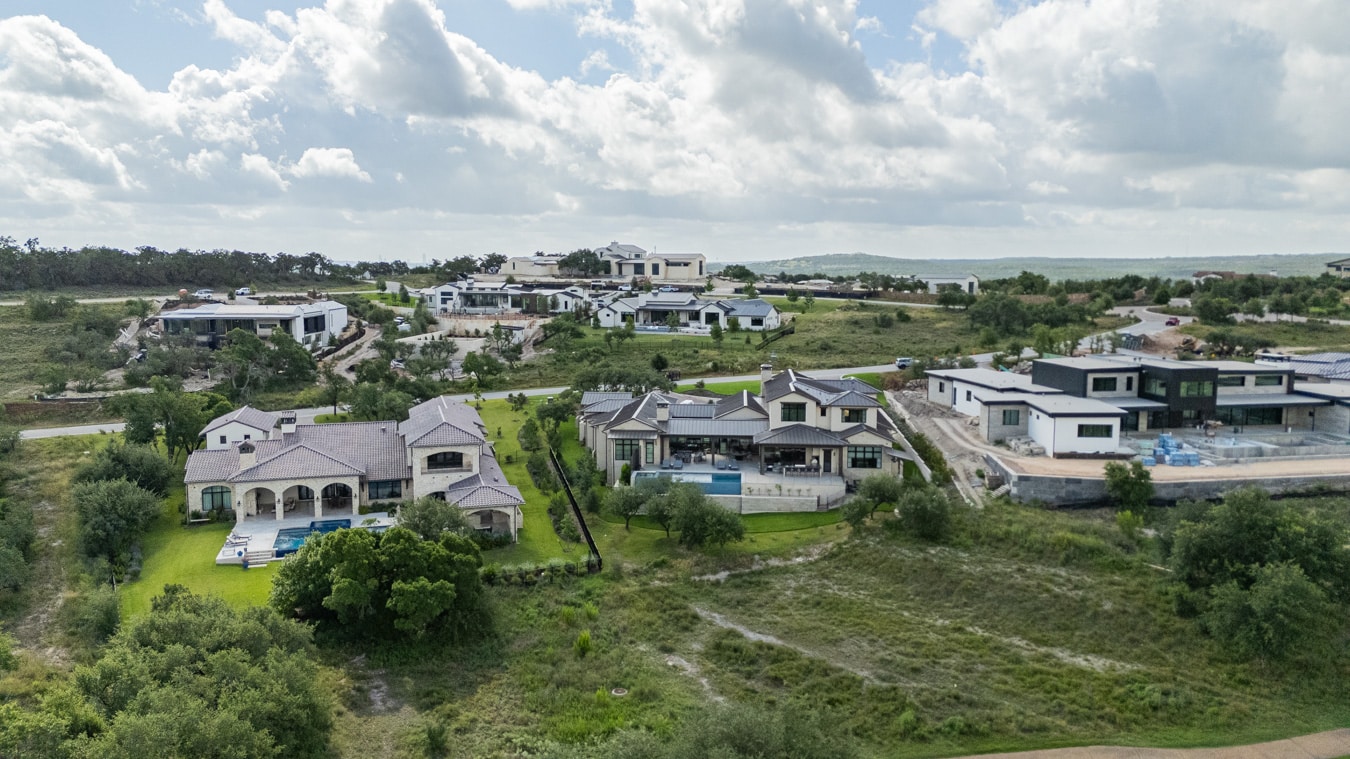Creating an inviting outdoor space can greatly enhance your home’s appeal. Here are some innovative landscape design ideas that can transform any yard into a stunning landscape. Whether you want to create a serene garden, a vibrant outdoor living area, or a space for entertaining, there are endless possibilities to consider.
Start by thinking about the elements you enjoy most. Do you want lush greenery, colorful flowers, or maybe a water feature? Working with a landscape designer can help you bring your vision to life. You can explore different themes, such as modern, cottage, or desert landscapes, which offer unique styles and benefits.
As you make your plans, consider incorporating sustainable practices. Using native plants can save water and maintenance time while supporting local wildlife. At Structure Landscapes, we help you develop innovative landscaping ideas that create a beautiful outdoor space, reflecting your personality and enhancing your lifestyle.
Design Principles and Planning
Effective landscape design starts with careful planning. You’ll want to assess your outdoor space carefully, choose a theme that enhances your home’s style, and create a detailed master plan to guide your work.
Assessing Your Outdoor Space
Begin by evaluating your outdoor area. Consider the following:
- Size: Measure your front yard and backyard.
- Sunlight: Note which areas get full sun or shade.
- Soil Type: Check if the soil is clay, sandy, or loamy.
- Drainage: Identify any spots where water gathers.
This information helps you understand what plants will thrive in your landscape. Good drainage is essential for healthy gardens. Additionally, take note of any existing features like trees, walkways, or fences. These elements can influence your design and add to your curb appeal.
Choosing a Theme for Your Landscape
Select a theme that suits your style and the architecture of your home. Popular themes include:
- Formal: Symmetrical layouts, hedges, and structured gardens.
- Natural: Wildflower gardens and native plants for a relaxed feel.
- Contemporary: Clean lines, minimalism, and modern materials.
Consider how the theme fits with your front yard and backyard. It should create a harmonious look that stands out. Using a consistent color palette for plants and materials enhances visual appeal.
Creating a Master Plan
Draft a master plan as a blueprint for your landscape design. Start by sketching your outdoor space, noting existing features and measurements. Include:
- Garden Beds: Define areas for planting.
- Paths: Plan walkways that connect spaces.
- Focal Points: Identify where to place elements like water features or seating.
Use landscape photos for inspiration. Adjust your plan based on sunlight and drainage assessments. A well-thought-out plan ensures you can execute your vision, improving the beauty and functionality of your outdoor areas.
Incorporating Plants and Greenery
Incorporating plants and greenery can enhance your landscape design significantly. By selecting the right plants and arranging them thoughtfully, you can create a vibrant and inviting outdoor space. Focus on plants that provide visual interest while also serving practical purposes.
Selecting Plants for Visual Impact
When choosing plants, think about visual impact first. Select a mix of perennials and annuals to offer color and texture throughout the year. Native plants are a great choice since they adapt well to local conditions and often require less maintenance.
Use ornamental grasses for movement and contrast. They can soften hardscaping elements like pathways and patios. Consider planting hydrangeas for stunning blooms in summer and fall. Make sure to group plants by height, with taller varieties in the back and shorter ones in front. This layering creates depth and makes your garden more appealing.
Using Hedges and Ground Cover
Hedges can serve multiple purposes in your landscape. They provide privacy, define spaces, and act as windbreaks. Choose evergreen hedges for year-round coverage.
Ground cover plants are essential for filling in bare spots and preventing weeds. Look for low-growing options like thyme or creeping phlox. They are hardy and usually easy to care for. Ground cover is especially useful in shaded areas where grass struggles. Using a mix of ground covers can create a lush, green carpet that requires less maintenance.
Adding Flowering Shrubs and Spring Bulbs
Flowering shrubs like forsythia and rhododendrons can add bursts of color throughout the seasons. Plant them with care to ensure they have enough space to grow. Arrange shrubs in clusters for a more natural look.
Spring bulbs, such as tulips and daffodils, can bring life to your garden after winter. Plant these bulbs in layers, with taller ones in the center and shorter at the edges. This method will give you a stunning display. You can also mix edible plants, such as herbs, into your design to enhance both beauty and functionality.
Structural Elements and Hardscaping
In landscape design, incorporating structural elements and hardscaping creates both functionality and visual appeal. These features contribute to the overall structure of your outdoor space, allowing for more effective use and enjoyment.
Incorporating Pathways and Walls
Pathways guide movement and connect different areas in your landscape. You can use materials like pavers, gravel, or stone for a durable and attractive surface. Consider creating curved pathways for a more natural look, or straight paths for a formal design.
Retaining walls add both structure and beauty. They control soil erosion and create different levels in your garden. You can use materials like stone or concrete to match your style. Adding raised beds next to these walls can enhance visual interest and yield more planting space.
Designing With Water Features and Fireplaces
Water features such as ponds, fountains, or waterfalls can add a calming effect to your landscape. They attract wildlife and create soothing sounds. When designing a water feature, consider placement and size. Small features can fit in compact spaces, while larger ones can become a focal point in gardens.
Fireplaces and fire pits provide warmth and create social areas. You might choose an outdoor fireplace for a more permanent structure or a fire pit for flexibility. Both options can be surrounded by seating, such as benches or chairs, for gatherings. Always ensure safety by keeping these areas clear of flammable items.
Selecting Outdoor Structures
Outdoor structures enhance functionality and beauty in your yard. A pergola or trellis can support climbing plants like flowering vines. These structures offer shade and define spaces, such as a seating area or outdoor kitchen.
Consider adding a privacy fence if you need more seclusion. This type of hardscape can create a cozy environment for relaxing. You can also choose low-maintenance plants like succulents for a clean and tidy look that complements these elements.
Each of these structural features aids in creating a well-designed landscape, making it both practical and inviting.
Creating Functional Outdoor Living Spaces
Creating outdoor areas that serve multiple functions is essential for making the most of your space. You can design relaxing spots and active play areas to suit your and your family’s lifestyle needs.
Designing for Relaxation and Entertainment
Start by creating inviting seating areas. A fire pit seating area can become a cozy gathering spot. Surround it with comfortable chairs or benches, and add soft lighting for evening use. A hammock can also provide a peaceful retreat for reading or napping.
Consider placing an outdoor dining table near a small pond or under cypress trees for shade. This setup encourages meals outdoors, enhancing your experience with nature. Incorporate water efficient landscape ideas to maintain a beautiful setting with less effort. Use decorative planters to brighten up your seating area with flowers or greenery.
Developing Areas for Recreation and Play
If you have children, think about including a playground area. Select safe, durable materials for play structures. You can add artificial turf for a soft surface that needs less maintenance. This is a great alternative to grass, especially in drought-prone areas.
For active play, include a grassy area for activities like soccer or frisbee. You could also create paths for cycling or walking to keep it engaging. This balance of fun and functionality in your outdoor space encourages active play while still providing relaxation spots.
At Structure Landscapes, we specialize in providing the highest quality landscape design in Austin, TX tailored to your needs.
To learn more about our landscape design services or to arrange your first design consultation, give our team a call here at (512) 461-0290, and we’ll give you all the information you need!





